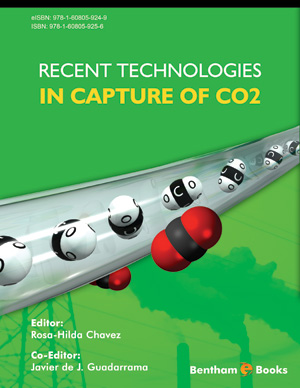Abstract
During the utilization of CO2/N2 gas separation membranes for postcombustion capture, the most important problem is how to create the driving force efficiently because the feed flue gas has only ambient pressure and a relatively low CO2 content. Multi-stage systems are necessary using feasible membranes in order to fulfill the separation target, required by the following pipeline transport, and limited by the storage capacity. The whole work was divided into two steps: energy consumption analysis and capture cost analysis.
This book chapter describes mass and energy balances for single-stage and multi-stage membrane systems used in coal-fired power plant. After the recirculation of flue gas and variation of the feed gas compressor and vacuum pump on the permeate side, two concepts were developed and optimized to achieve minimum energy consumption. In order to evaluate different membrane capture concepts, a comparison with chemical absorption process was carried out, considering different degrees of CO2 separation. Furthermore, a cost model was developed to make further analysis of the optimized concept in view of the tradeoff balance between material and energy consumption. The correlation between the membrane parameters (selectivity, permeability) and capture cost was investigated.
Keywords: CCS, post-combustion, gas separation membrane, multi-stage, energy consumption, economic analysis.
















